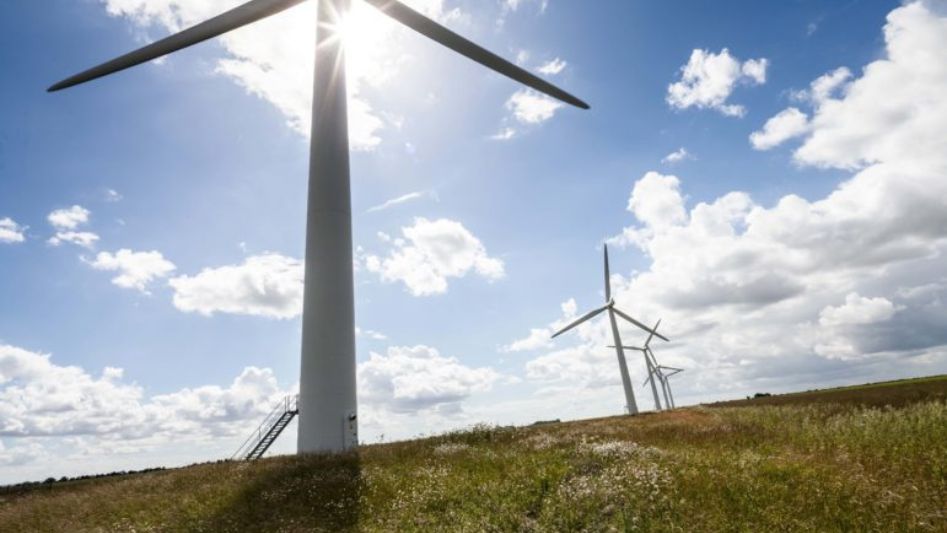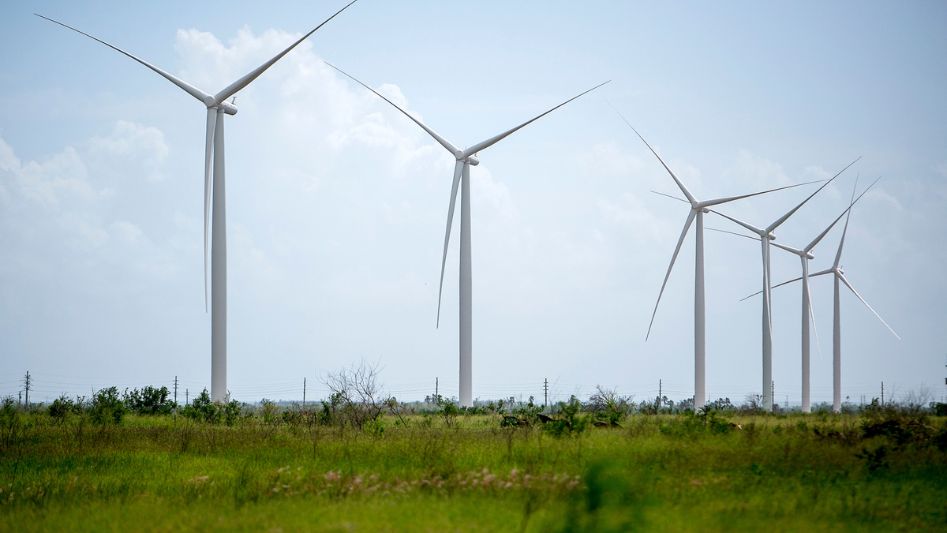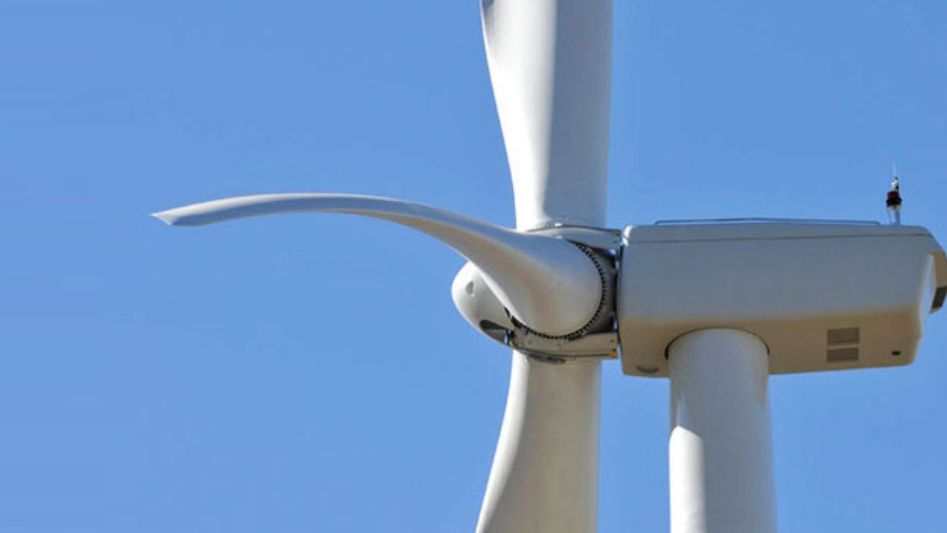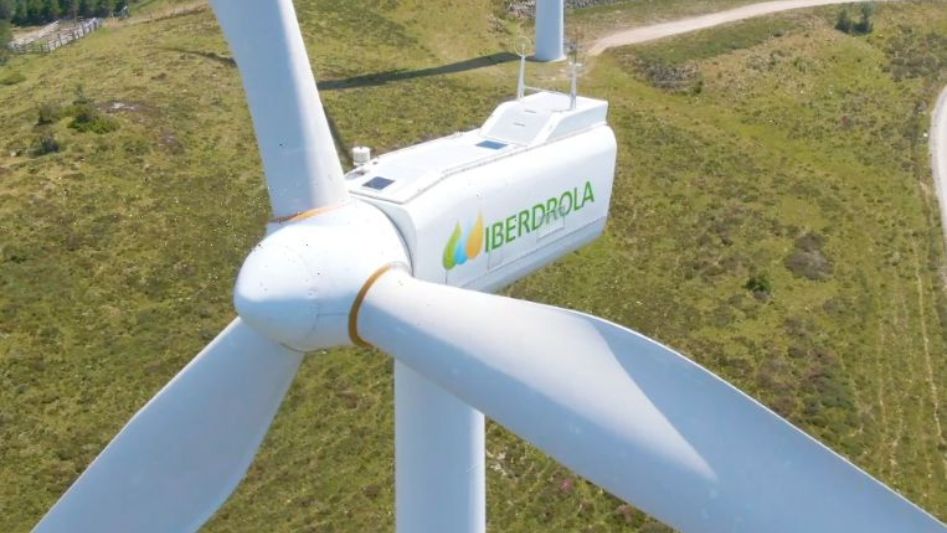Wind energy is a renewable energy source that uses turbines to convert the kinetic energy of wind into electricity. Unlike fossil fuel-based energy sources, wind energy does not emit greenhouse gases or other harmful pollutants. However, the production and operation of wind turbines can have environmental impacts that must be considered.
Table Of Content
We invite you to read: “How Wind Energy is Changing the Landscape of Energy Generation”

Land Use
One of the primary environmental impacts of wind energy is the use of land. Wind turbines require large areas of land to be cleared for installation, and this can lead to habitat loss and fragmentation. However, wind turbines can also be sited on agricultural land, which can provide additional income for farmers without affecting wildlife habitats.
Bird and Bat Mortality
Another concern with wind energy is bird and bat mortality. Birds and bats can collide with the spinning blades of wind turbines, causing injury or death. However, studies have shown that the number of bird and bat fatalities is relatively low compared to other human-caused sources of mortality, such as buildings and cars.
Noise Pollution
Wind turbines can also generate noise pollution, which can be a concern for nearby residents. However, modern wind turbines are designed to be quieter than older models, and studies have shown that the noise from wind turbines is generally not a significant concern for nearby residents.
Visual Impact
The visual impact of wind turbines is another consideration. Some people find wind turbines to be unsightly, and they can affect the aesthetics of the landscape. However, wind turbines can also be designed to blend in with the surrounding landscape, and many people find them to be visually appealing.
We invite you to read: “The Economics of Wind Energy: A Cost-Effective Solution for Electricity Generation”

Mitigating the Environmental Impact of Wind Energy
There are several ways to mitigate the environmental impact of wind energy:
Proper Siting: Wind turbines should be sited in areas that minimize their impact on wildlife habitats and other sensitive areas.
Design Improvements: Continued improvements in wind turbine design can help reduce the impact of wind energy on wildlife and nearby residents.
Monitoring and Research: Continued monitoring and research can help identify potential environmental impacts and develop strategies to mitigate them.
Offshore Wind: Offshore wind turbines can reduce the impact of wind energy on wildlife habitats and nearby residents, although they can be more expensive to install and maintain.
Conclusion
Wind energy has the potential to play a significant role in reducing greenhouse gas emissions and mitigating the impacts of climate change. However, like any form of energy production, there are environmental impacts associated with the use of wind energy. By carefully siting wind turbines, improving their design, and continuing to monitor and research their impacts, we can minimize the environmental impact of wind energy and ensure that it remains a sustainable source of renewable energy for generations to come.
We invite you to read: “The Role of Wind Energy in Achieving Sustainable Development Goals”

FAQ
How can wind energy impact wildlife?
Wind turbines can impact wildlife by causing habitat loss and fragmentation and by posing a collision risk to birds and bats.
How can the environmental impacts of wind energy be mitigated?
The environmental impacts of wind energy can be mitigated through proper siting, design improvements, monitoring and research, and the use of offshore wind turbines.
What are the benefits of wind energy?
Wind energy is a renewable energy source that does not emit greenhouse gases or other harmful pollutants, and it can help reduce our reliance on fossil fuels.
What is proper siting for wind turbines?
Proper siting for wind turbines involves selecting locations that minimize their impact on wildlife habitats and other sensitive areas.
How can wind turbine design be improved?
Wind turbine design can be improved by using better materials, optimizing blade shape and size, and developing new technologies to reduce their impact on wildlife and nearby residents.
You May Also Like
- Offshore Wind Farms: The Advantages and Challenges
- Wind Turbine Technology: Past, Present, and Future
- A Closer Look at the Benefits and Limitations of Wind Energy
- How Wind Energy Can Help Mitigate Climate Change
- Harnessing the Wind: An Introduction to Wind Turbines and Wind Energy

